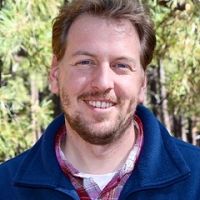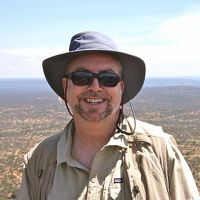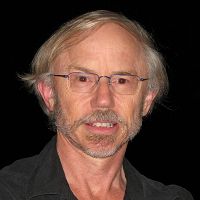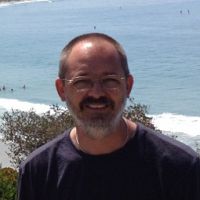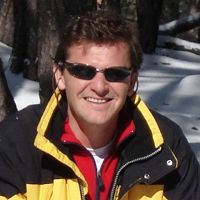Pangle et al., 2015
The Landscape Evolution Observatory: A large-scale controllable infrastructure to study coupled Earth-surface processes
Pangle L.A., DeLong S.B., Abramson N., Adams J., Barron-Gafford G.A., Breshears D.D., Brooks P.D., Chorover J., Dietrich W.E., Dontsova K., Durcik M., Espeleta J., Ferre T.P.A., Ferriere R., Henderson W., Hunt E.A., Huxman T.E., Millar D., Murphy B., Niu G-Y., Pavao-Zuckerman M., Pelletier J.D., Rasmussen C., Ruiz J., Saleska S., Schaap M., Sibayan M., Troch P.A., Tuller M., van Haren J., Zeng X. (2015)
Geomorphology 244: 190-203 Cross-CZO
-
Catalina-Jemez, STAFF
-
Catalina-Jemez, INVESTIGATOR
-
Catalina-Jemez, INVESTIGATOR
-
Catalina-Jemez, INVESTIGATOR
-
Catalina-Jemez, INVESTIGATOR
-
Eel, INVESTIGATOR
-
Catalina-Jemez, STAFF
-
Catalina-Jemez, INVESTIGATOR
-
Catalina-Jemez, INVESTIGATOR, COLLABORATOR
-
Catalina-Jemez, INVESTIGATOR
-
Catalina-Jemez, INVESTIGATOR
-
Catalina-Jemez, INVESTIGATOR
Abstract
Zero-order drainage basins, and their constituent hillslopes, are the fundamental geomorphic unit comprising much of Earth's uplands. The convergent topography of these landscapes generates spatially variable substrate and moisture content, facilitating biological diversity and influencing how the landscape filters precipitation and sequesters atmospheric carbon dioxide. In light of these significant ecosystem services, refining our understanding of how these functions are affected by landscape evolution, weather variability, and long-term climate change is imperative. In this paper we introduce the Landscape Evolution Observatory (LEO): a large-scale controllable infrastructure consisting of three replicated artificial landscapes (each 330 m2 surface area) within the climate-controlled Biosphere 2 facility in Arizona, USA. At LEO, experimental manipulation of rainfall, air temperature, relative humidity, and wind speed are possible at unprecedented scale. The Landscape Evolution Observatory was designed as a community resource to advance understanding of how topography, physical and chemical properties of soil, and biological communities coevolve, and how this coevolution affects water, carbon, and energy cycles at multiple spatial scales. With well-defined boundary conditions and an extensive network of sensors and samplers, LEO enables an iterative scientific approach that includes numerical model development and virtual experimentation, physical experimentation, data analysis, and model refinement. We plan to engage the broader scientific community through public dissemination of data from LEO, collaborative experimental design, and community-based model development.
Citation
Pangle L.A., DeLong S.B., Abramson N., Adams J., Barron-Gafford G.A., Breshears D.D., Brooks P.D., Chorover J., Dietrich W.E., Dontsova K., Durcik M., Espeleta J., Ferre T.P.A., Ferriere R., Henderson W., Hunt E.A., Huxman T.E., Millar D., Murphy B., Niu G-Y., Pavao-Zuckerman M., Pelletier J.D., Rasmussen C., Ruiz J., Saleska S., Schaap M., Sibayan M., Troch P.A., Tuller M., van Haren J., Zeng X. (2015): The Landscape Evolution Observatory: A large-scale controllable infrastructure to study coupled Earth-surface processes. Geomorphology 244: 190-203. DOI: 10.1016/j.geomorph.2015.01.020
Explore Further

